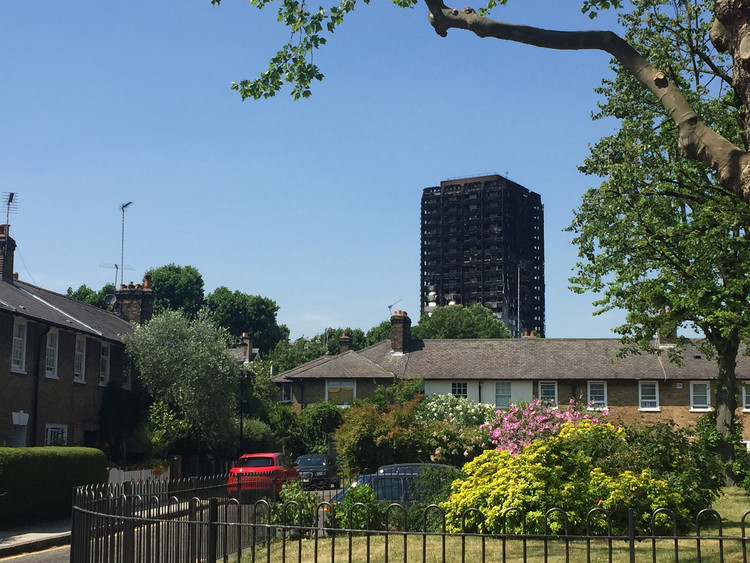
This article was originally published by Common Edge as "Why the Best Response to the Grenfell Tower Fire Isn’t a Memorial."
Memorials play an integral role in marking significant people, moments, or events. In recent years, they have become glorifications of tragedy by attempting to express unimaginable horrors in poetic and beautiful ways. The issue with the many forms that memorials take is that they seek to placate the immediate reaction and hurt of an event, an understandable societal reaction, but one that often feels rote and hallow.
But what if memorials sought to preserve the memory of those affected by offering a solution that addressed how the tragedy occurred? The international response to tragedy has, by default, become to install a statue, build a wall, create a healing water feature, erect an aspirational sculptural object, or simply rename a park. None of these responses are inherently bad—they’re usually well-meaning and on occasion quite moving—but there is another approach available to us: changing the public perception of memorials by looking at them through the lens of solutions, encouraging people to think of them as a testament or proper response to tragedy, not just a plaque that over time goes unnoticed. While this approach might be difficult in some instances, the case of Grenfell Tower fire in London presents a rather obvious solution.


